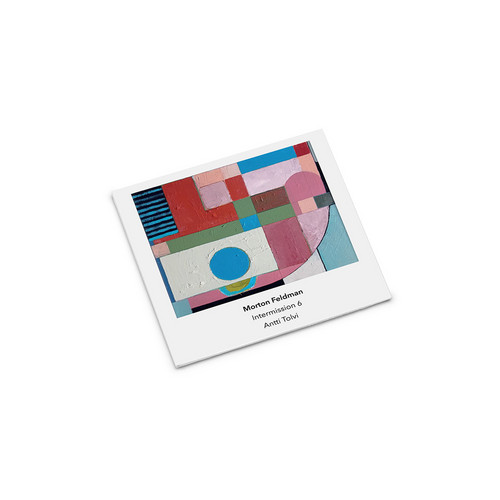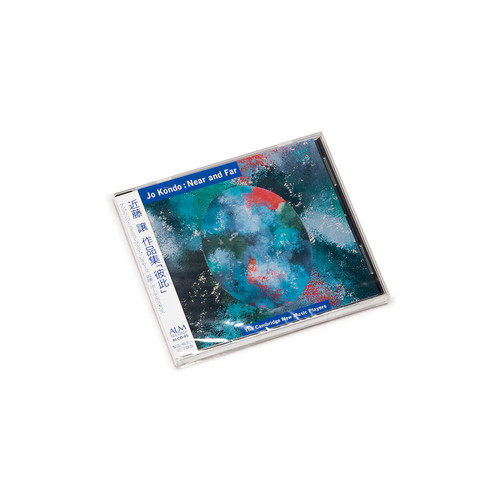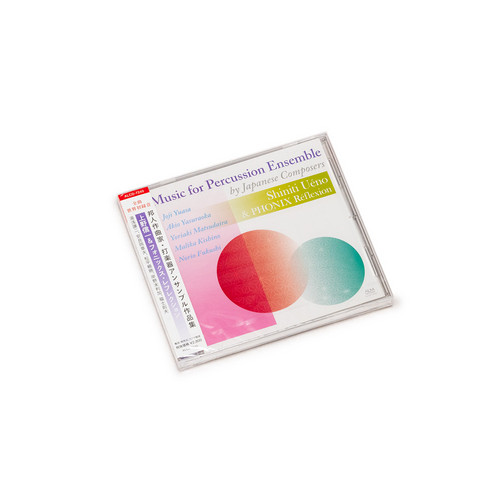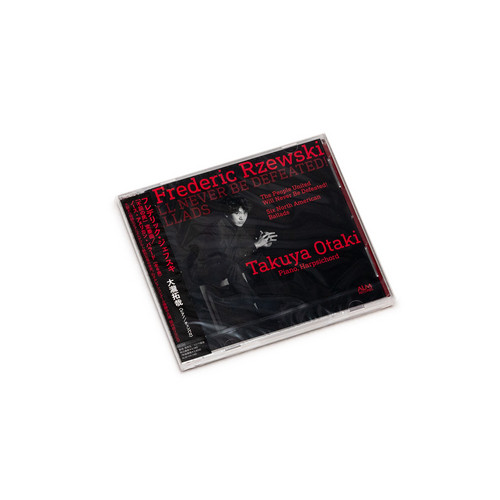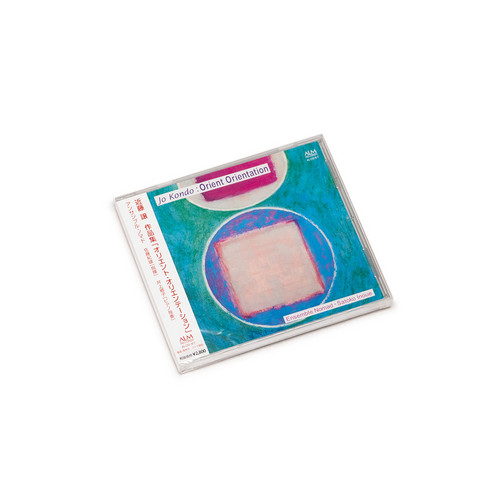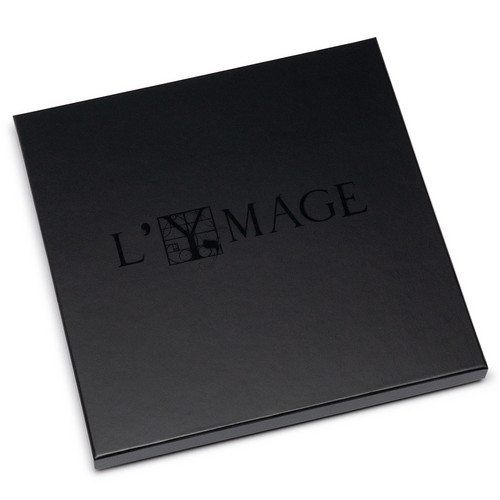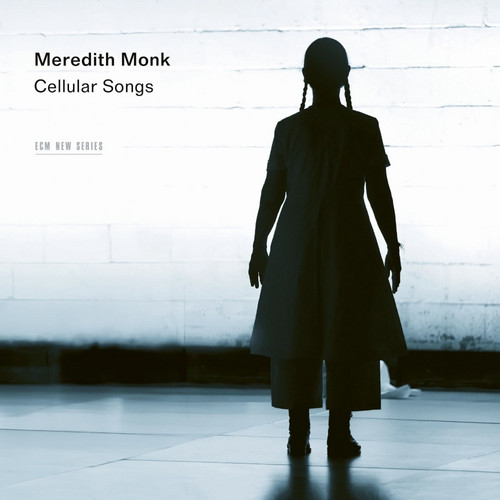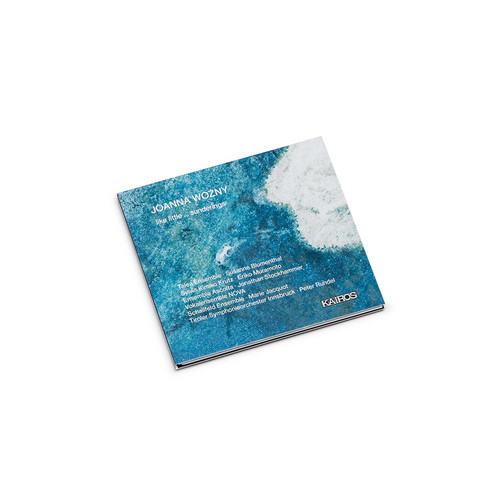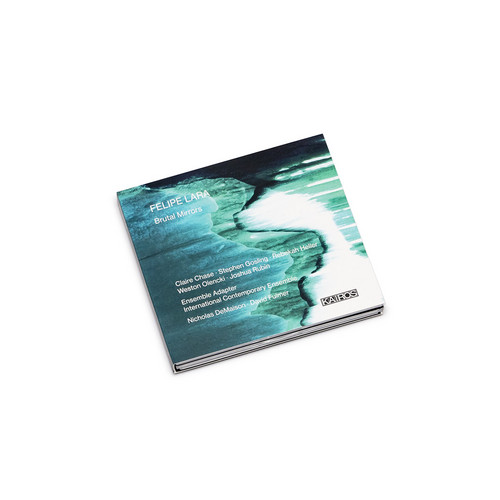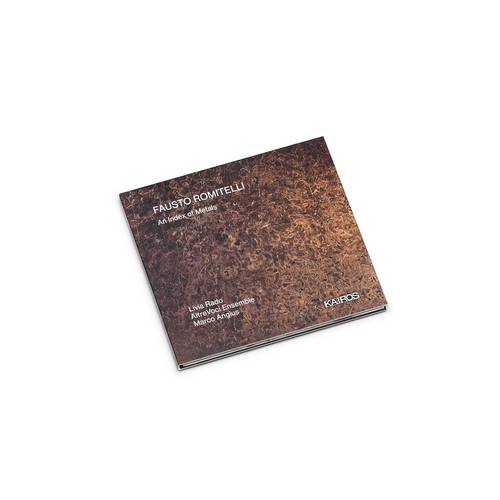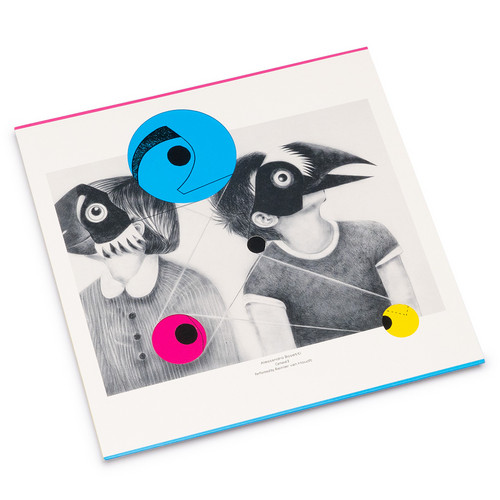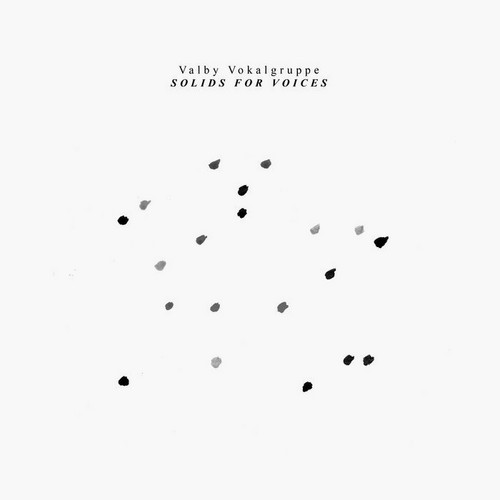Intermission 6
Morton Feldman's Intermission 6 (1953) is a sparse piano piece that typically lasts between 3 and 12 minutes in standard performances. Finnish experimental musician Antti Tolvi has created a radical 72-minute realization that extends the work's medit…
Like The Dyer's Hand / Foujita
This album features two film scores by Satoshi Satō. Scooping Water, the Moon in Hand is a documentary film tracing the life of legendary poet and Chinese literary scholar Ye Jiaying (1924–). It won the Best Documentary Award at the 33rd China Golden…
Near And Far
*2025 stock* Renowned Japanese composer Jo Kondo unveils his captivating album “Near And Far,” performed by The Cambridge New Musik Players and conducted by Paul Hoskins. This distinguished release, first presented in 1996, features five transcendent…
In Yokohama
*2025 stock* Renowned Japanese composer Jo Kondo is celebrated for his unique and refined approach to contemporary classical music. This recording offers an intimate journey into Kondo’s distinctive musical world, marked by clarity, restraint, and su…
Shiniti Ueno, Phonix Réflexion, Joji Yuasa, Akio Yasuraoka, Yori-Aki Matsudaira, Malika Kishino, Norio Fukushi
Music For Percussion Ensemble By Japanese Composers*2025 stock* Renowned percussionist Shiniti Uéno unveil this latest recording project: Music for Percussion Ensemble by Japanese Composers. This remarkable album offers a profound exploration of Japan’s contemporary music landscape, highlighting the …
The people united will never be defeated! / Six north American ballads
*2025 stock* A landmark new recording brings together two of Frederic Rzewski’s most powerful and socially engaged works, interpreted with striking intensity by pianist Takuya Otaki. At the heart of the release is The People United Will Never Be Defe…
Orient Orientation
*2025 stock* A new recording brings together the refined artistry of Japanese composer Jo Kondo, the visionary musicians of Ensemble Nomad, and the distinct pianism of Satoko Inoue in a captivating exploration of sound, texture, and form. Orient Orie…
Triadic Memories
*2025 stock* The celebrated pianist Aki Takahashi presents an essential interpretation of Morton Feldman’s monumental work "Triadic Memories", a cornerstone of late 20th-century piano music. Known for its meditative expansiveness and delicate shifts …
L'Ymage
*300 copies limited edition* Ars nova meets dark folk, aural cinema, contemporary music, drone and much more... An astonishing album gathering three extended pieces that unfold the works of medieval musical genius Guillaume de Machaut, the greatest a…
Cellular Songs
Cellular Songs is the first Meredith Monk release with ECM since the extensive box-set Meredith Monk: The Recordings in 2022 and the first recording of new music since 2016's On Behalf of Nature. It is also the second part of an interdisciplinary tri…
Like little ... sunderings
Joanna Woźny’s music resists certainty. Fragmented, elusive, and ever-transforming, it listens into the noise of the everyday and distills from it something fiercely alive. Her works trace perception’s fault lines – between sound and noise, sense and…
Brutal Mirrors
Felipe Lara’s music is driven by a visceral sense of presence and process. Beneath its notated clarity lies a deep trust in the performers: a shared language built over years of collaboration, where every sound becomes a negotiation between gesture, …
Univers Parallèles - Des Nuits Et Des Jours
"The line is a whole, an identity, for a particular place and time." — Fred Sandback
An Index Of Metals
An Index of Metals, Fausto Romitelli’s final work, is an ecstatic ritual of sound, light, and image—a multimedia opera that fuses electronic music, psychedelic ecstasy, and brutal-poetic texts into an intoxicating sensory flood. Blending techno, pop …
Found Keys
Found Keys is the debut album by American artist Ruth Maine. Although Ruth has been playing and composing music for over two decades, this is the first time she decided to record some of her varied compositions and share them with the public. But in …
Carnaval 2
Adding to their already singular catalog of releases, Three:Four Records returns with Carnaval 2, a stunning new work by the composer Alessandro Bosetti, performed by pianist Reinier van Houdt. A vividly conceptual and post-modern hybrid, reinterpret…
Speechless
"Speechless (2019) is an opera for 4 vocal soloists, bass orchestra and community choir, and is intended as a personal response to the plight of refugees worldwide. It inspired by the Australian Human Rights Commission report, ‘The Forgotten Children…
Solids For Voices
*300 copies limited edition* Valby Vokalgruppe returns with Solids for Voices — a new album landing on 7th November 2025 via Hands in the Dark. Initiated in 2008 by Anja Jacobsen, the Danish collective’s current line-cup is completed by Lil Lacy, Son…
